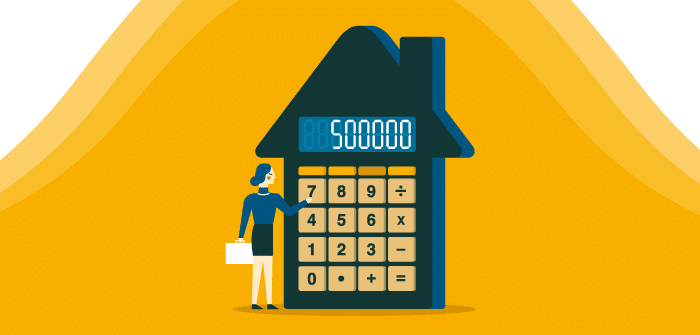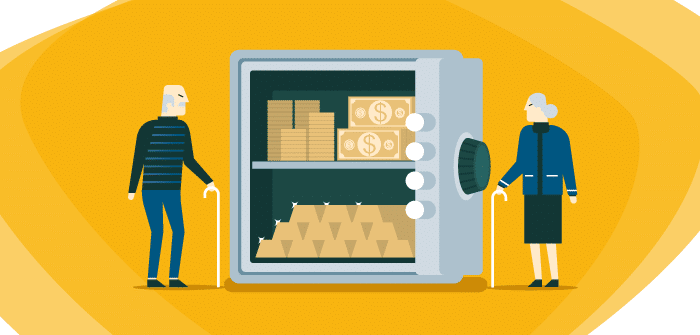The state pension

State pensions are lifetime benefits with amounts based on the years of contributions and the regulatory bases. In Spain, the body in charge of managing them is the Social Security.
The state pension system is based on two essential principles:
Pay-as-you-go principle: all active workers contribute to a ‘single fund’ by paying in their contributions. From this pot all pensions (retirement, widow’s/widower’s and orphan’s pensions) are paid out.
Principle of financial solidarity: the pensions of already retired workers are paid today with the contributions of active workers, who, in turn, in the future, will benefit from the social security contributions of the next generations.
We will tell you all about state pensions, what types there are, how the amounts are calculated, how they are updated and what the eligibility requirements are.








